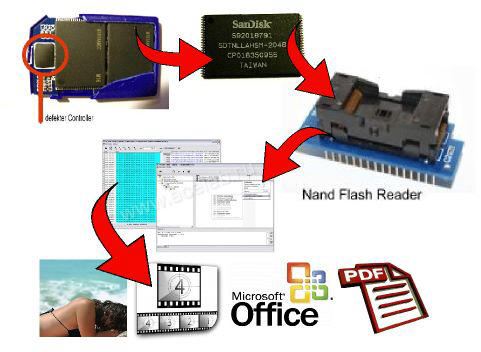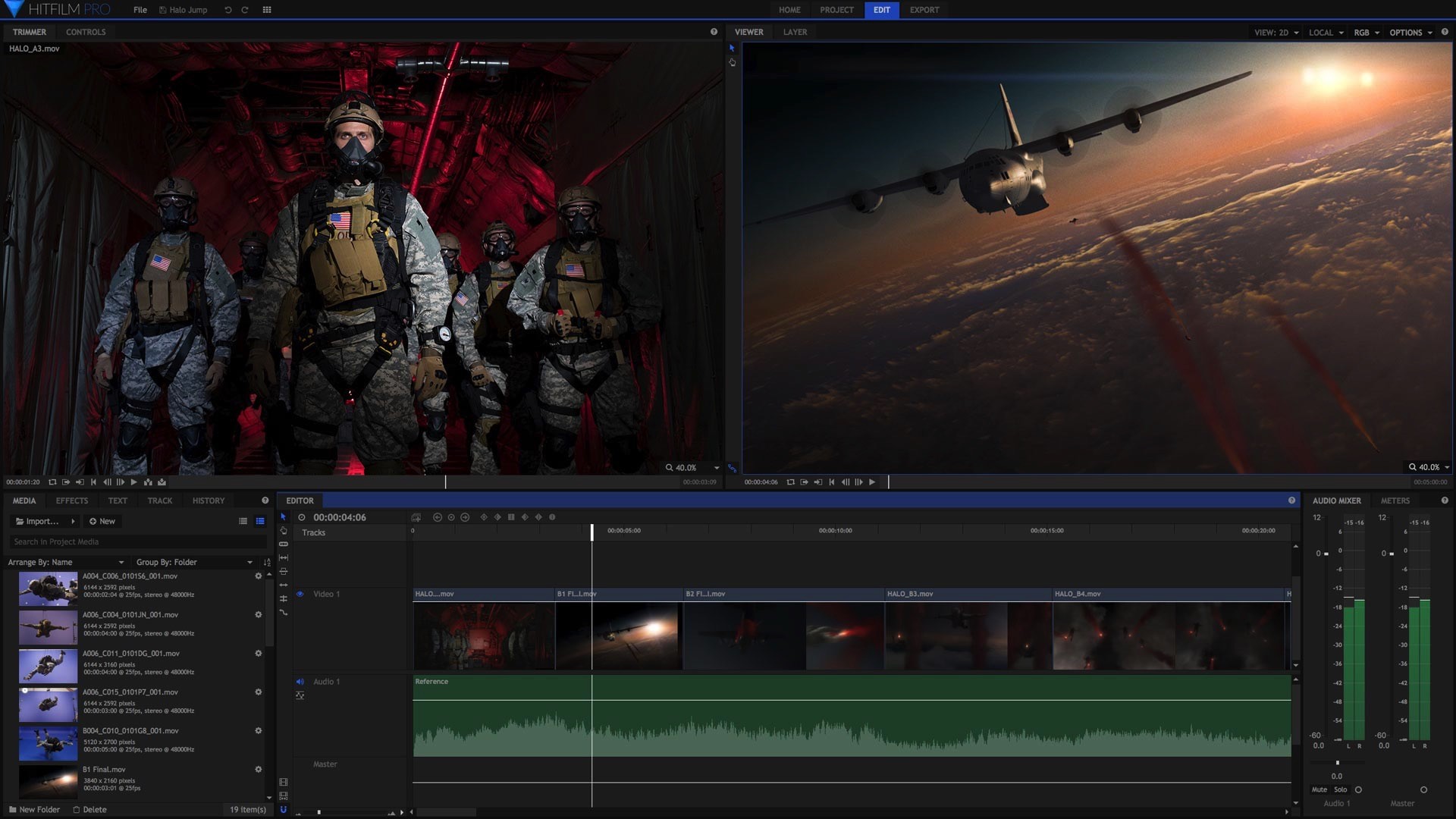

From there, select the ‘Login Items’ tab to view which apps and programs are set to launch when powering on your iMac or MacBook. Open up System Preferences and click on ‘Users & Groups’. Those pesky apps and programs that launch every time you start up your system might be the culprits behind your slow speeds. Activity Monitor is a helpful tool to check the consumption levels of your apps and programs. Close the ones you’re not using especially if they’re using a high amount of CPU power. Select the CPU tab and you’ll be able to see how much CPU power each app or program is using. Activity Monitor breaks down the consumption levels of each program you have currently opened by CPU, Memory, Energy, Disk and Network.

Some apps and programs use up more power and resources than others. You can open Activity Monitor in System Preferences > Utilities or search and open by pressing Command + spacebar. There’s also something called Activity Monitor which shows all the processes going on with your Mac. This should free up space and workload from unwanted programs that are stealing performance. Your Mac might be dedicating memory and CPU power to programs that you’re not actively using. One of the simplest things you can do to increase the performance of your iMac or MacBook is to close any and all apps or programs that you’re not using.


 0 kommentar(er)
0 kommentar(er)
